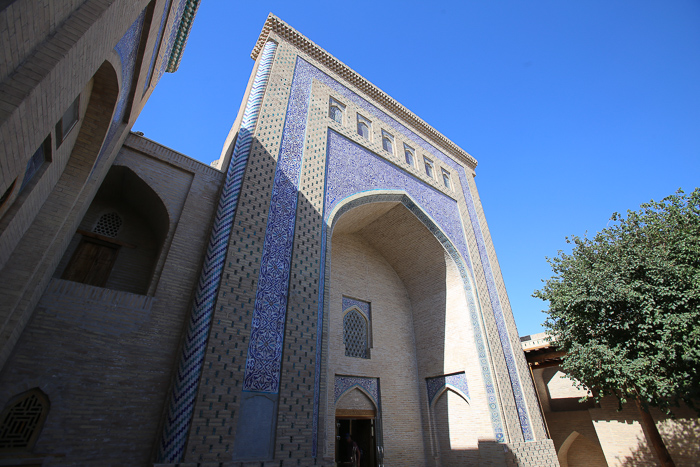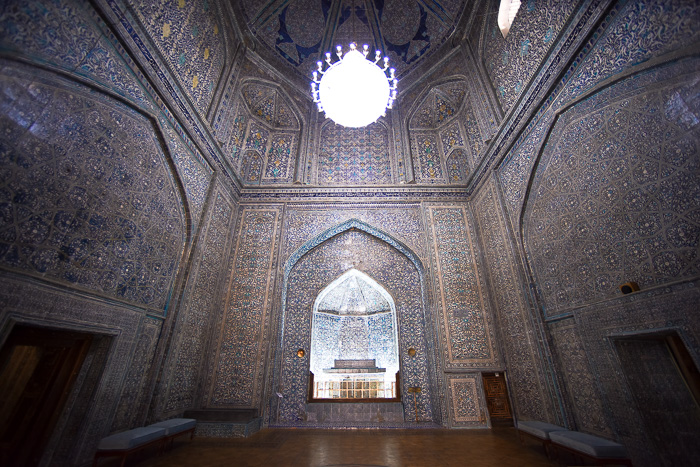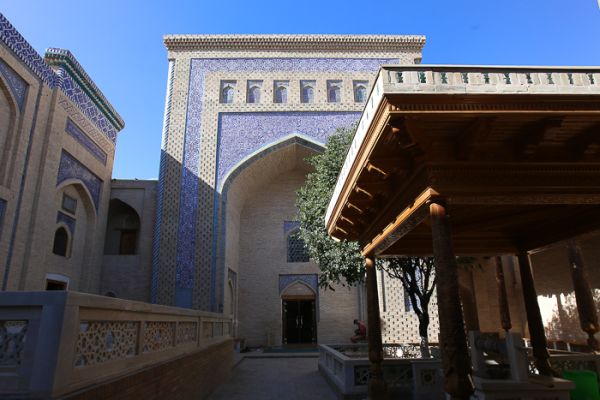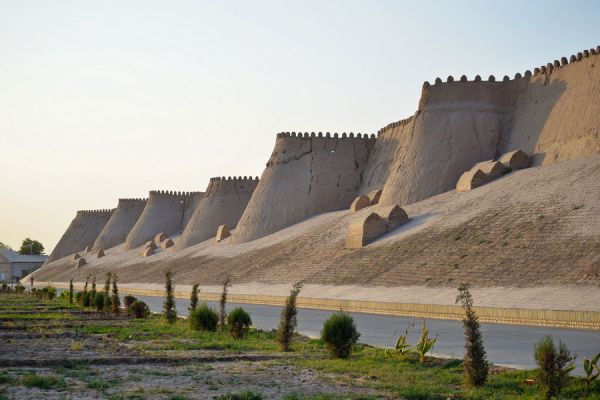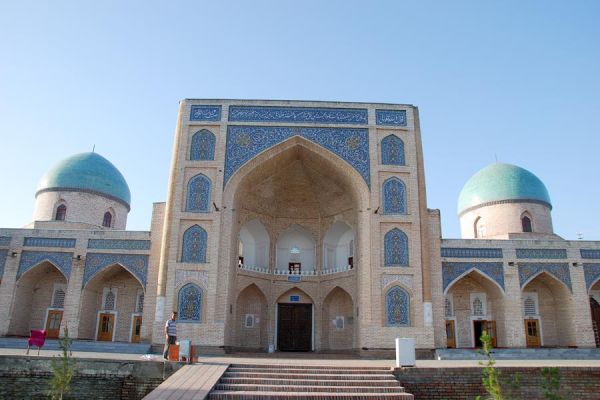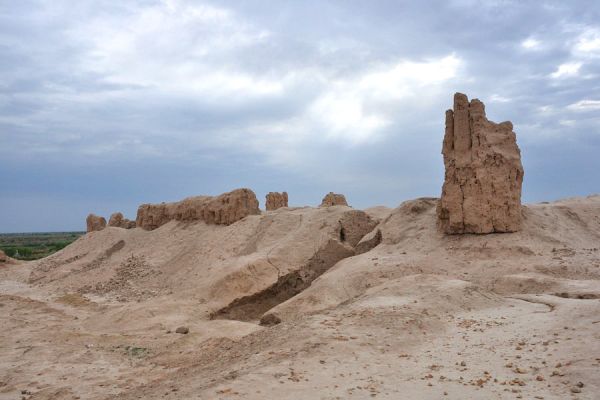Pahlavan Mahmud Building Complex
The inner city of Uzbek Khiva is rich in architectural masterpieces. The turquoise dome of the Pahlavan Mahmud Mausoleum stands against their background. This tomb is only part of a large memorial complex. The architectural ensemble also includes a mosque, a small madrasa, a Sufi monastery (khanaka), dormitories for the blind, and the tomb of Isfandiyar Khan.
Who was Pahlavan Mahmud, and why was a whole complex erected in his honor? A furrier by profession, he was distinguished by his strength and bravery. For the same reason, Mahmud, who lived in the 13th century, was given the nickname "Pahlavan", which means hero. The list of its advantages does not end there. Mahmud was distinguished by his poetic and musical abilities, was a versatile man, and his life was legendary. The local population reveres the hero and considers him the patron saint of the city.
The history of the Pahlavan Mahmud architectural complex
The mausoleum of the same name was built only almost four centuries after the furrier's death. Since Mahmoud's remains rested in the courtyard of his workshop, there was no question of choosing a place. The original structure was quite modest and simple. Over time, it turned from an ordinary mausoleum into the center of the Khiva pilgrimage. A number of buildings gradually appeared next to the building. For the most part, the development of the complex was due to the increased interest in Pahlavan Mahmud.
The mausoleum of Pahlavan Mahmud underwent its first reconstruction in 1810. The building owes its name to the former ruler Muhammad Rahim Khan. Khan's decision was prompted by a successful trip to Kungrat. New buildings were erected in the eastern and southern parts in relation to the tomb. The project was influenced by the location of the graves and the fact that the new extension to the mausoleum was supposed to serve as an eternal haven for members of the Khan's family (they were going to be placed at the feet of the patron saint of Khiva).
It was at that time that the mausoleum acquired its famous turquoise dome. A spacious courtyard appeared next to the family tomb, and an arched-domed gallery was erected for access to the complex. Even the graves were rebuilt, and not only the nameless ones, but marble tombstones appeared. The entire process was supervised by the Khazaraspian master Adina Muhammad Murad.
In 1825, by order of Allakuli Khan, the buildings of the complex were decorated.
In 1913, Asfendiyar Khan added a new two-story room for reading the Quran (karihana) to the architectural ensemble of Pahlavan Mahmud. The northern part of the building also served as a tomb, where the remains of Isfandiyar Khan's mother and sons were located. It is believed that the ruler himself is buried elsewhere, as he died outside the city.
Architectural features
The ensemble is a vivid example of medieval Uzbek architecture and early Khorezm architecture.
However, not many travelers know that the majolica tiles that adorn the complex were worth their weight in gold in those days. The local lords did not stint and covered most of the buildings with glazed ceramics. The Khiva masters did not disappoint either. The painstaking work of ceramic artists can be appreciated by the rich decoration of the buildings. A copper grate was used as a decoration for windows and niches.
So, the inner walls of the tomb are striking with an abundance of painted "bows" of green color. A golden pattern stands out against their background. The mausoleum of the Khans is dominated by blue-blue and white tiles. But the chapel on the other hand has a more restrained ornamentation — the blue and white pattern is diluted with a few verses. Attentive visitors may notice the date "1810" on the door of the room. The date "April 6, 1353" on the copper door knocker of the Sufi monastery also refers to the year of construction.
The doors of other rooms of the complex are no less interesting. In some places, you can even see figurative elements inlaid with valuable woods and the engraved name of the master.
Periodic restoration work helps to keep the sights from losing their grandeur. During the last restoration, the dome cladding was renewed and all dilapidated masonry was replaced.
The highly artistic decoration and historical significance of the Pahlavan Mahmud architectural ensemble has been noted by UNESCO. The complex has been assigned number 543 on the list of World Heritage Sites.



